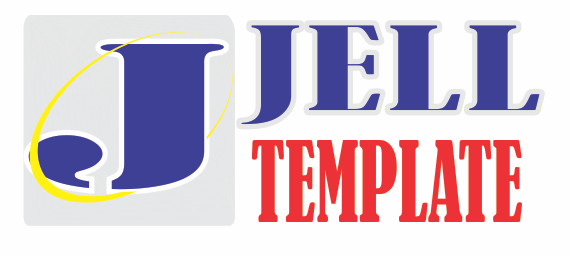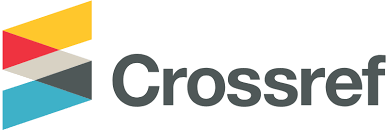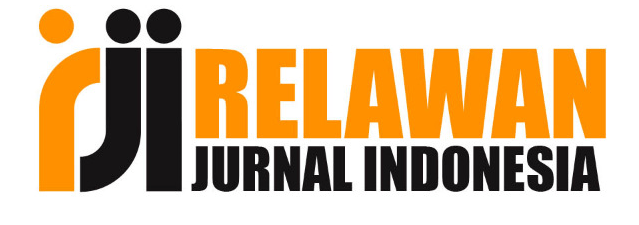THE EFFECT OF THE USE OF IMAGE CARD MEDIA ON SHORT STORY WRITING ABILITY
Abstract
The purpose of this study was to analyze the differences in students' Indonesian writing skills in short stories material who received flash cards and students who received conventional learning methods. The population in this study was class VIII SMP Aruslan, Sukamulya District, Tangerang Regency, for the 2021/2022 academic year. The sample in this study were students of class VIII.3 and VIII.4 totaling 60 students with a sampling technique using purposive sampling, two classes were selected, namely the experimental group and the control group. The experimental group received a picture card learning media (flash card), while the control group received conventional learning. The method used in this study is a quasi-experimental method with a nonequivalent control group design. The research instrument given was in the form of a test consisting of 10 questions in the form of an essay. Analysis prerequisite test using Chi Square test and Fisher's exact test, it was found that both samples were normally distributed and homogeneous. From the calculation of statistical tests obtained tcount > ttable (2, 48 > 1.99), then Ho is rejected and H1 is accepted at a significant level = 0.05 with degrees of freedom (db) = 64. So it can be concluded that there are differences in students' short story writing abilities. which is taught with the media of picture cards (flash card) and which is taught by conventional learning methods. Thus, it can be concluded that there is an effect of using flash card media on students' short story writing skills.
References
Arikunto, Suharsimi. (2010). Prosedur Penelitian Suatu Pendekatan Praktik. Jakarta: PT. Rineka Cipta.
Arsyad, Azhar.( 2011). Media Pembelajaran. Jakarta: PT Raja Grafindo Persada.
Aziez, Furqonul dan Abdul Hasim. (2010). Menganalisis Fiksi Sebuah Pengantar. Bogor: Ghalia Indonesia.
Daryanto. (2011). Media Pembelajaran. Bandung: PT. Sarana Tutorial Nurani Sejahtera.
Hasani, Aceng. (2005). Ihwal Menulis. Serang: UNTIRTA PRESS.
Kosasih, E. (2012). Dasar-Dasar Keterampilan Bersastra. Bandung: CV. Yrama Widya.
Riadi, Edi. (2014). Metode Statistik Parametrik & Nonparametik. Tangerang: Pustaka Mandiri.
Sabarti Akhadiah, dkk. (2012). Pembinaan Kemampuan menulis Bahasa Indonesia. Jakarta: Erlangga.
Sudjana, Nana dan Rivai, Ahmad. (2011). Media Pengajaran. Bandung: Sinar Baru Algensindo.
Sudjana, Nana. (2009). Penilaian Hasil Proses Belajar Mengajar. Bandung: PT. Remaja Rosdakarya.
Sugiyono. (2013). Metode Penelitian Kuantitatif, Kualitatif, dan R&D. Bandung: CV. Alfabeta.
Sugiyono. (2013). Statistik untuk Penelitian. Bandung: CV. Alfabeta.
Sulaeman, A. Goziyah. 2019. Metodologi Penelitian Bahasa dan Sastra. Jakarta Timur: Edu Pustaka.
Sulaeman, A., & Dwihudhana, W. (2019). Hubungan Motivasi Belajar dengan Hasil Pembelajaran Bahasa Indonesia bagi Penutur Asing (BIPA) pada Mahasiswa Semester 7 Program Studi Pendidikan Bahasa dan Sastra Indonesia FKIP Universitas Muhammadiyah Tangerang. Silampari Bisa: Jurnal Penelitian Pendidikan Bahasa Indonesia, Daerah, dan Asing, 2(1), 59-70.
Sulaeman, A., Hun, K. Y., & Ferdianda, A. Ecocritics In Song Lyrics Collection By Barasuara And Its Implication Towards The Indonesian Language Learning Material In Senior High School (Kumpulan Lirik Lagu Barasuara Band Karya Iga Dada Yudhistira Massardi Dan Implikasi Dengan Materi Pembelajaran Bahasa Indonesia Di Sekolah Menengah Atas Kajian Ekokrtik Sastra).
Sumardjo, Jakob. (20070. Menulis Cerpen. Yogyakarta: Pustaka Pelajar.
Tarigan, Henry Guntur. (2008). Menulis Sebagai Suatu Keterampilan Berbahasa. Bandung: Angkasa.
Copyright (c) 2022 Agus Sulaeman, Enawar Enawar

This work is licensed under a Creative Commons Attribution-NonCommercial-ShareAlike 4.0 International License.
Retained Rights/Terms and Conditions of Publication
1. As an author you (or your employer r institution) may do the following:
*make copies (print or electronic) of the article for your own personal
*Every accepted manuscript should be accompanied by "Copyright Transfer Agreemen" prior to the article publication.









